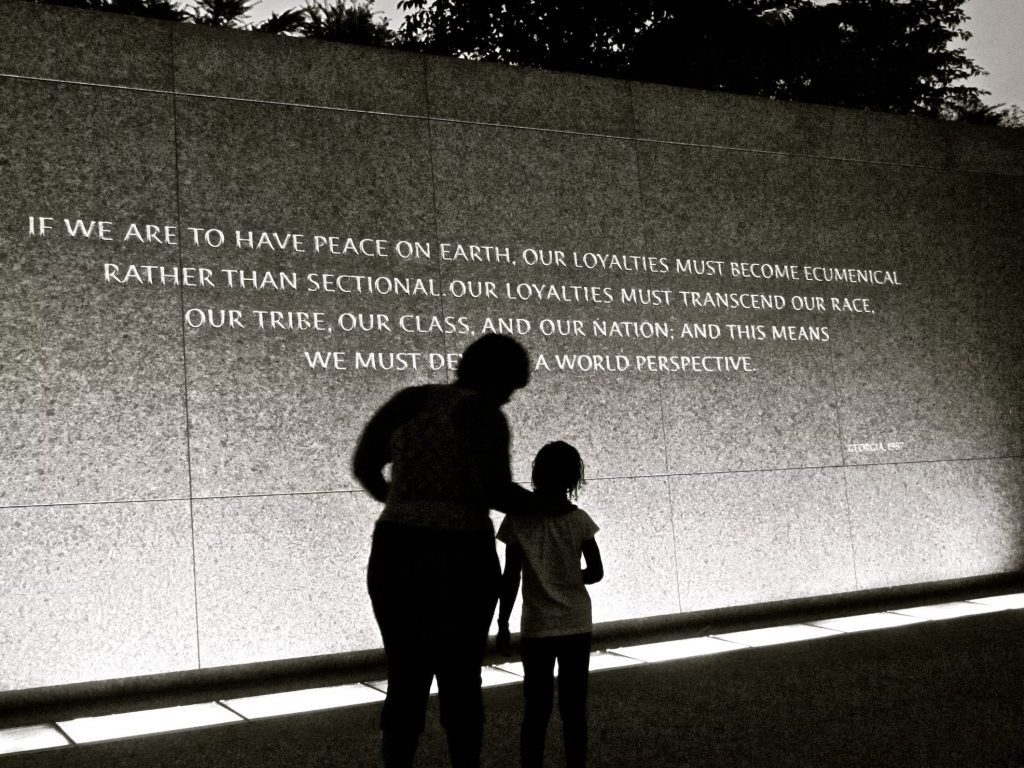
Over the past few months, people and organizations who have been public in supporting a permanent ceasefire and an end to Israel’s US-funded genocide of Palestinians have been experiencing consequences. I know colleagues who have faced harassment and intimidation at work for wearing a keffiyeh. Others whose organizations have been losing funding from existing funders because they put out a statement calling for a ceasefire. A colleague told me a donor who had committed to hosting a fundraising event pulled out last minute because one of the org’s founders and board members have been vocal in condemning Israel’s genocidal actions. I’ve lost a few thousand followers, had keynote invitations rescinded, and have had to deal with online harassment since my post on October 17th.
None of this, of course, is going to stop us. The things we face are nowhere near the horrors Palestinians are experiencing right now, and we all need to be even more forceful in speaking up. Israel is now carpet-bombing Rafah, where Palestinians civilians had been ordered to evacuate to. All of us in the US are funding it, as our elected officials get ready to approve sending more than $17B dollars to Israel to continue its genocide of Palestinians. It should horrify all of us in this sector that we could solve homelessness and have universal healthcare and education, but instead, our tax dollars are being used to massacre children and civilians in Palestine every day.
Continue reading “Funders: Do a better job of protecting and supporting leaders and organizations who take risks in standing up for justice”



